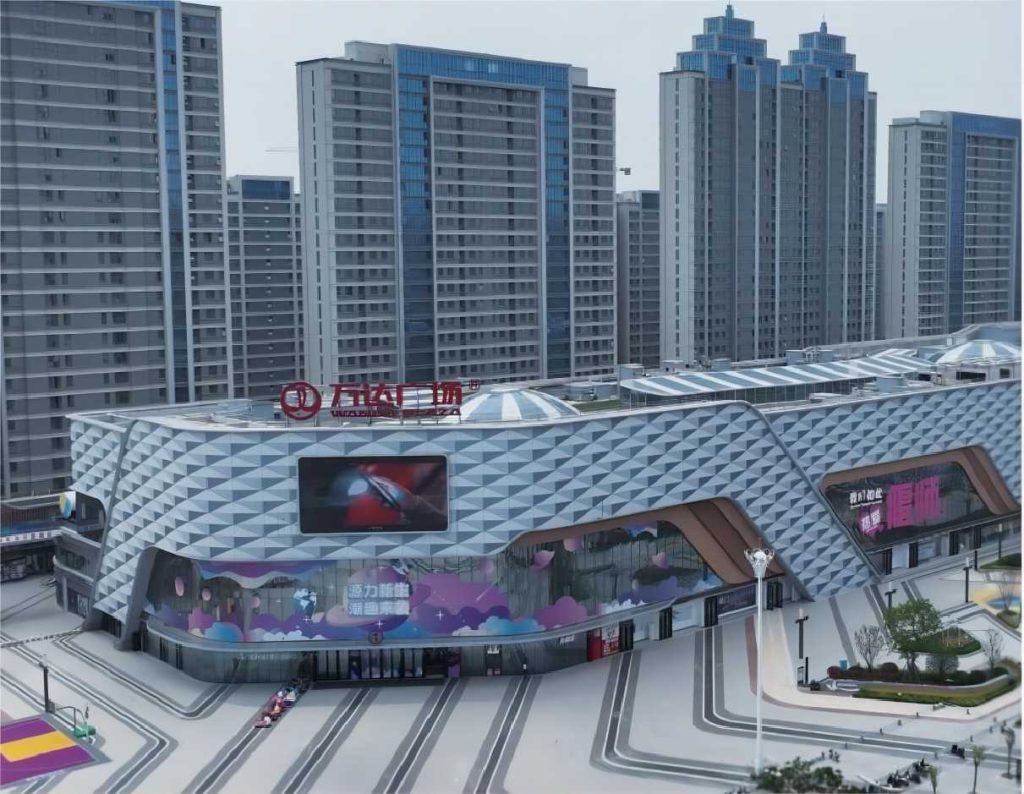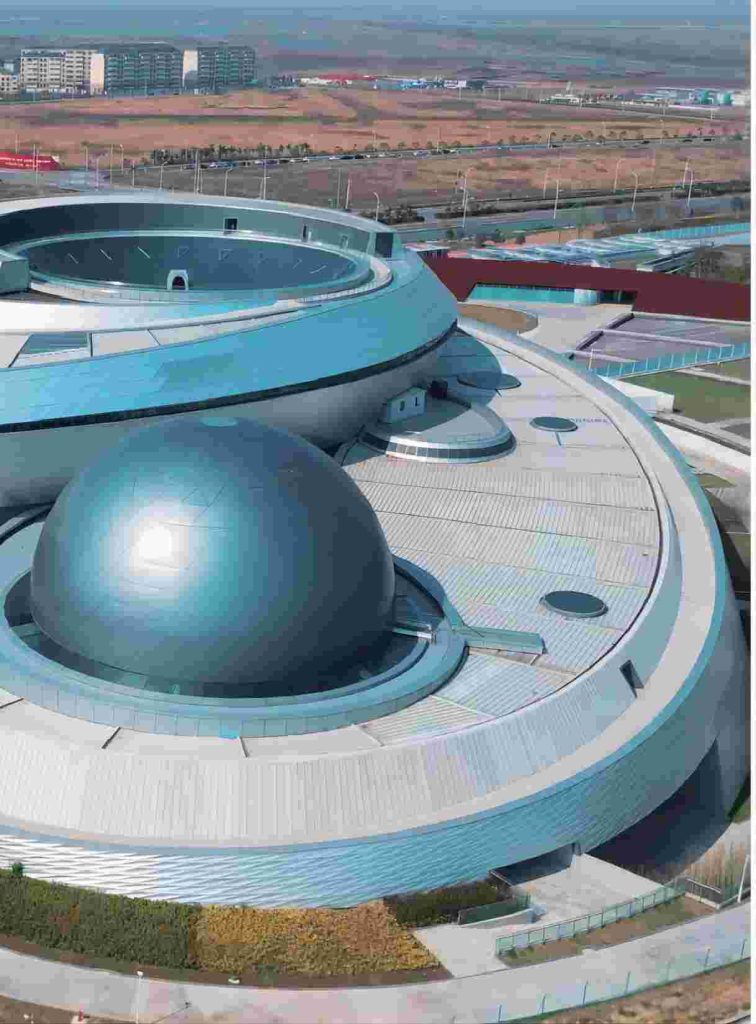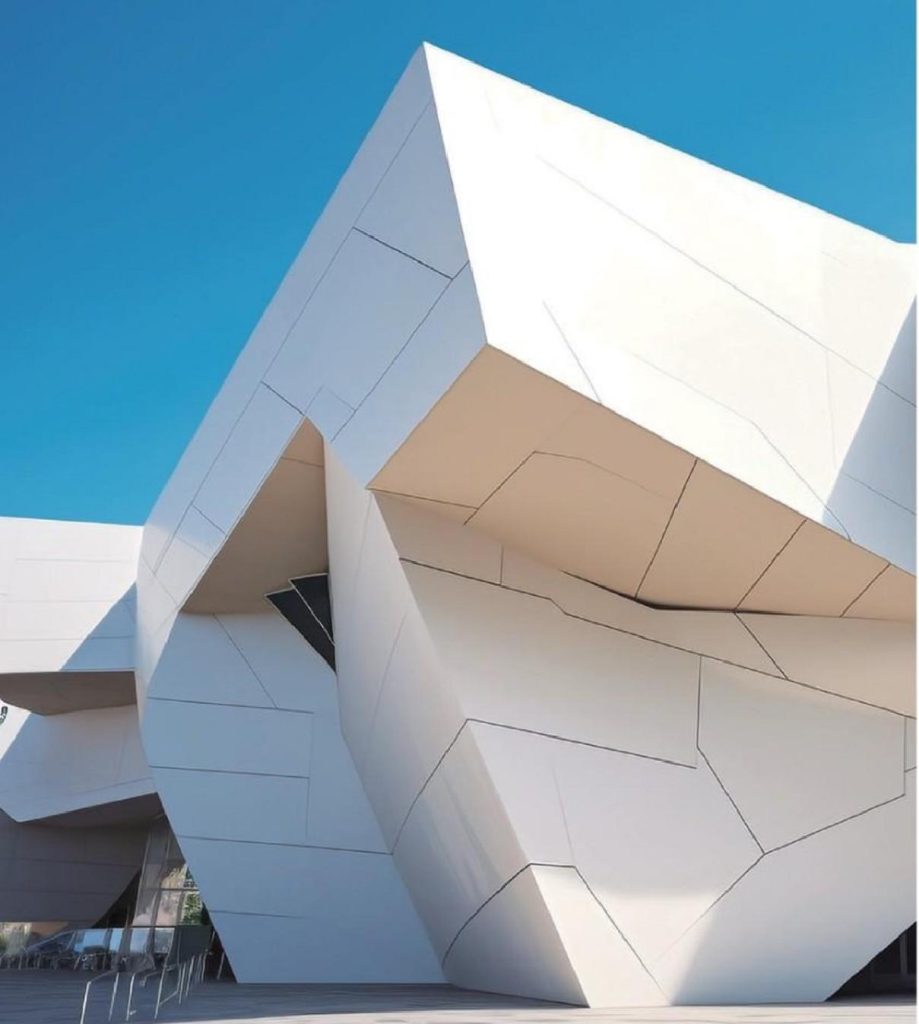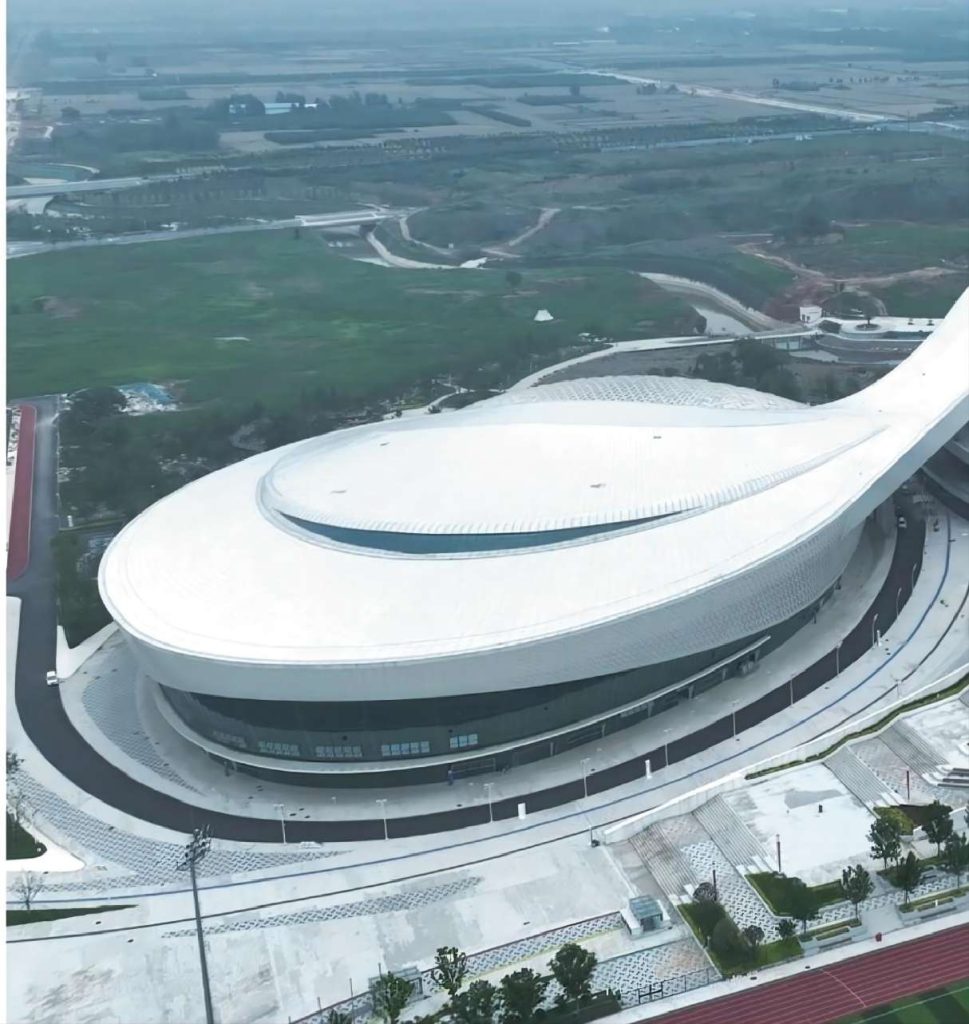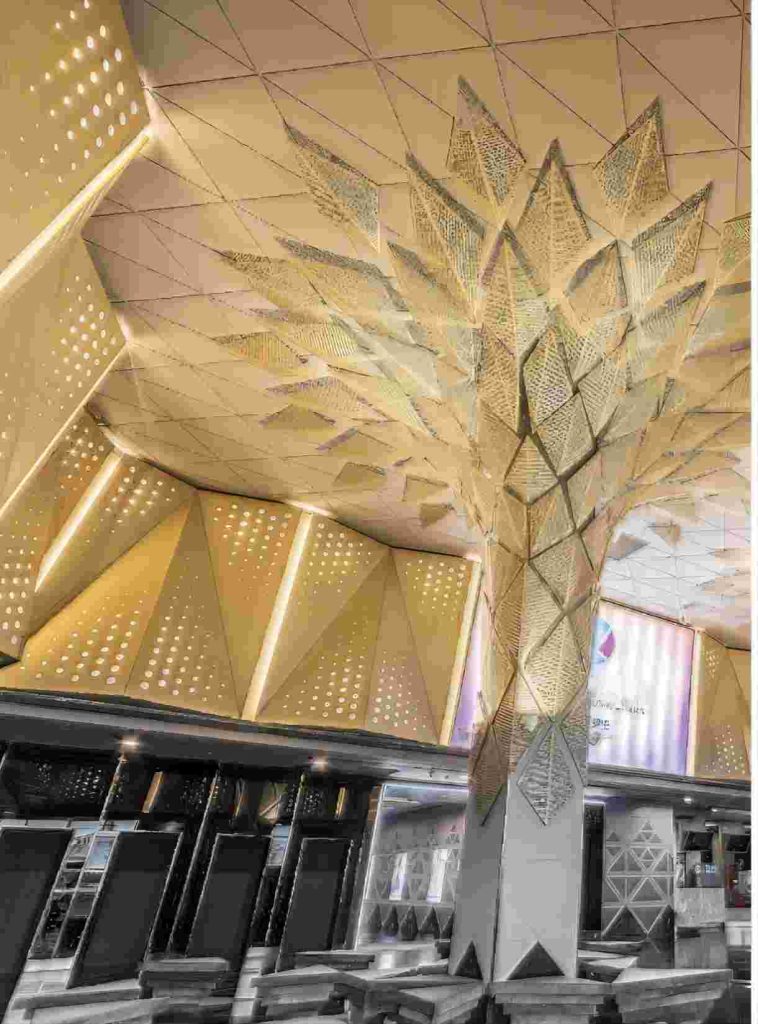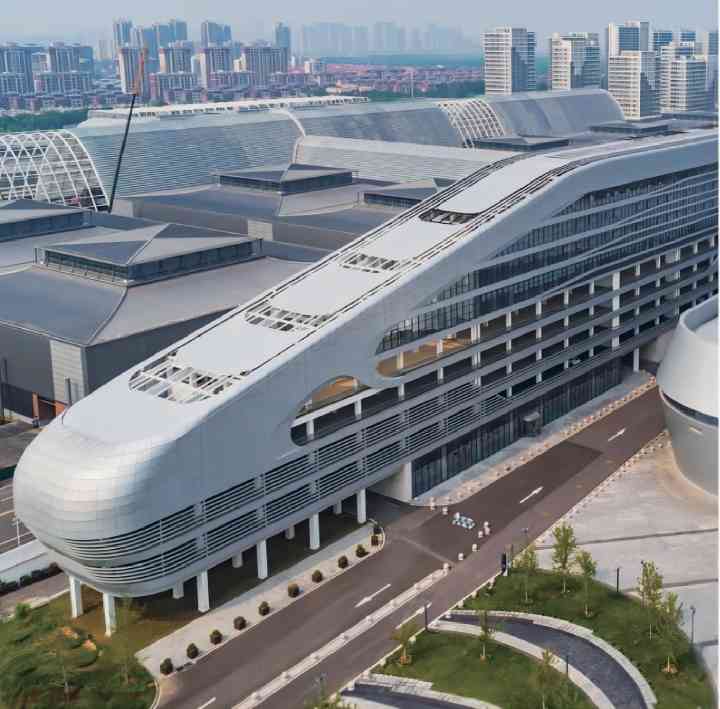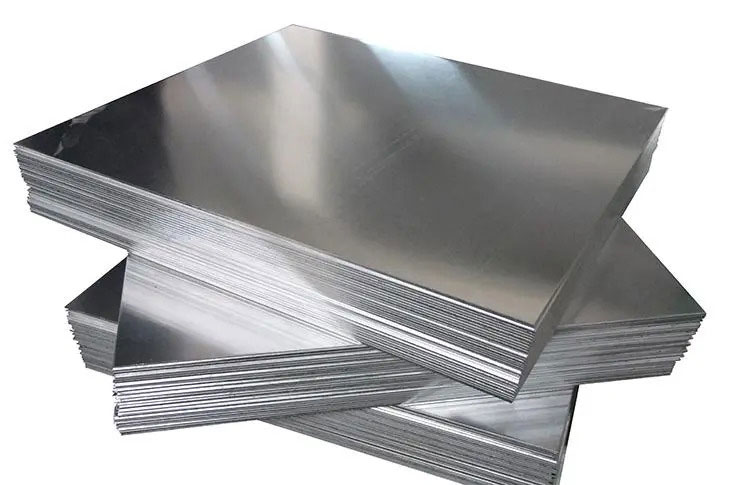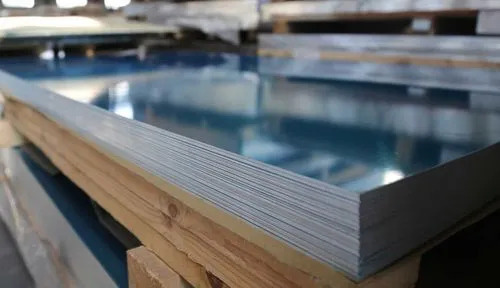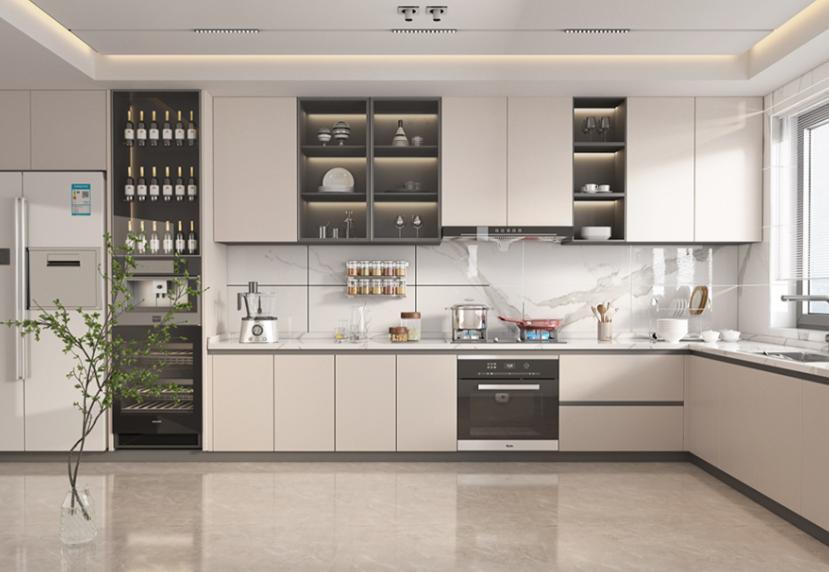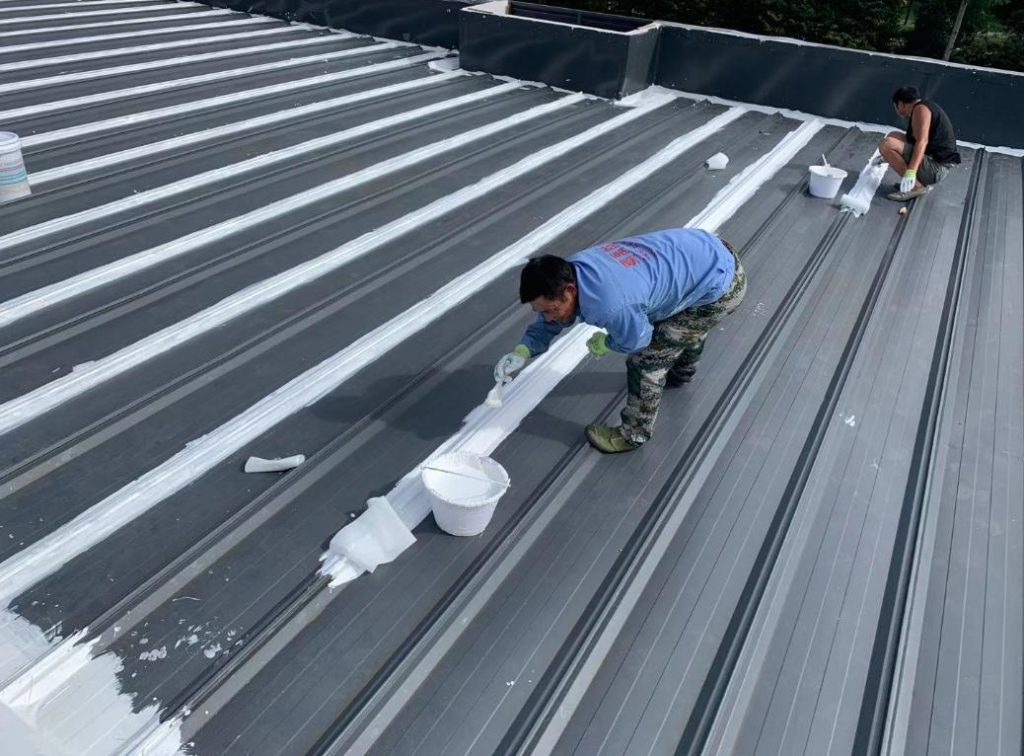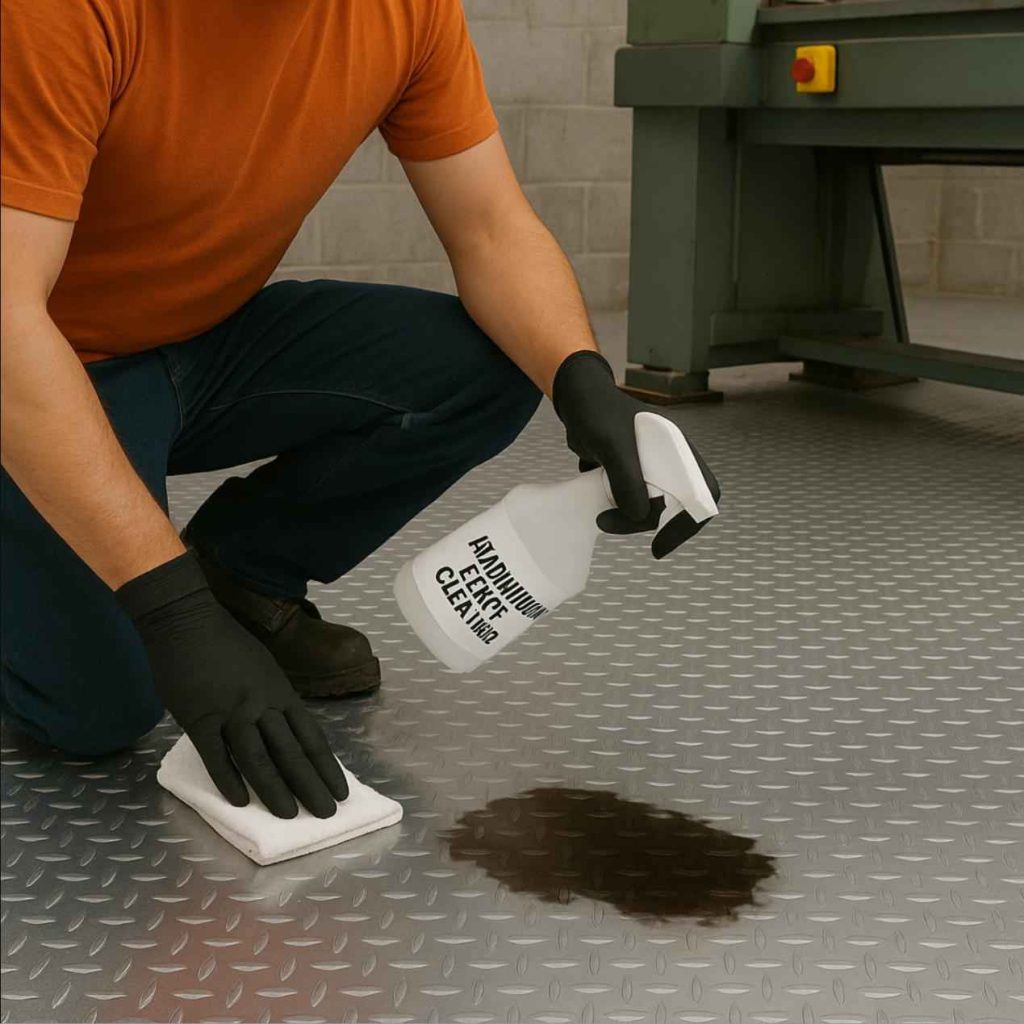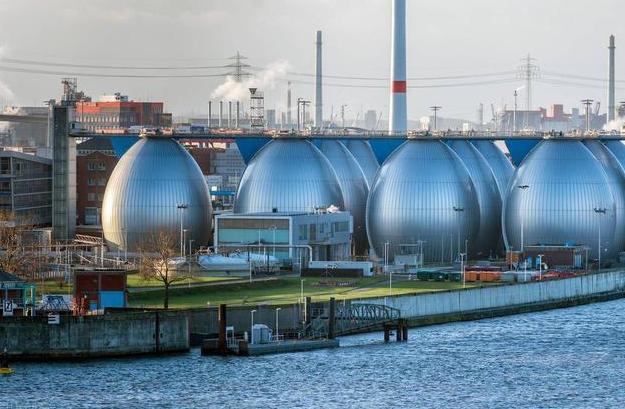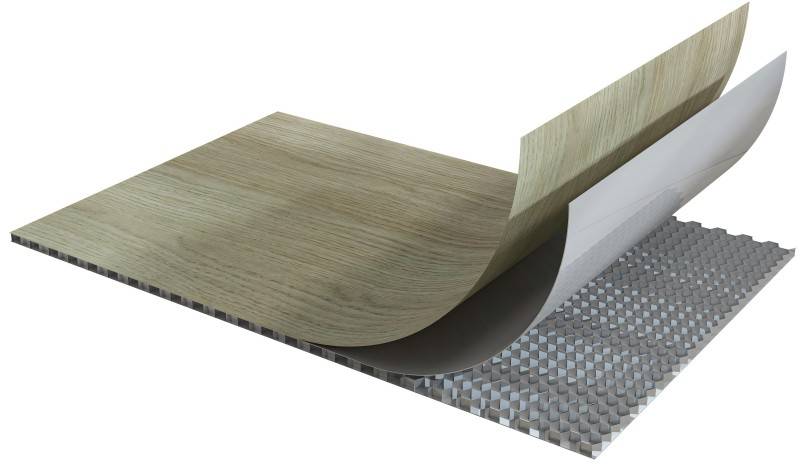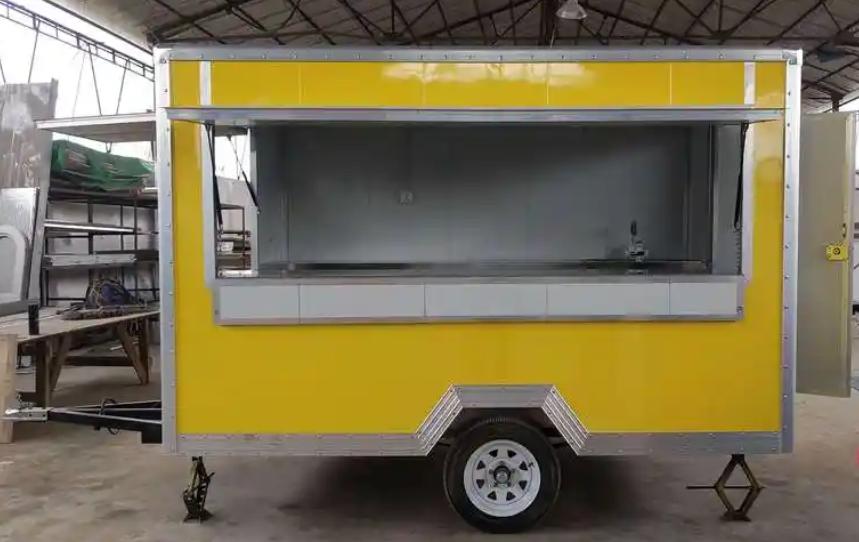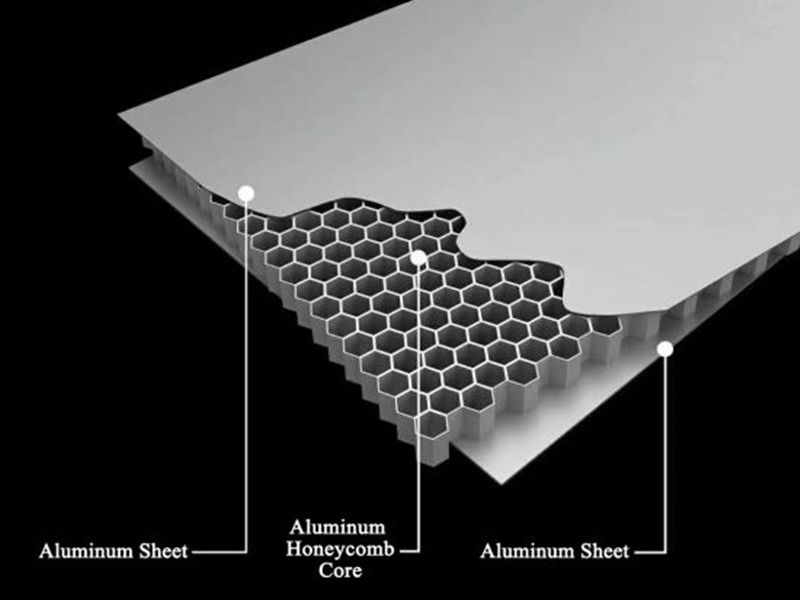Aluminum veneer curtain walls have become a prominent feature in modern architecture. Prized for their lightness, durability, and resistance to corrosion, these panels offer a spectrum of design possibilities. However, achieving a successful aluminum veneer curtain wall goes beyond simply using aluminum as a decorative material. Careful consideration must be given to design style, architectural adaptability, and practical functionality. This article explores the relationship between these elements to ensure optimal performance and aesthetics in aluminum veneer curtain wall applications.
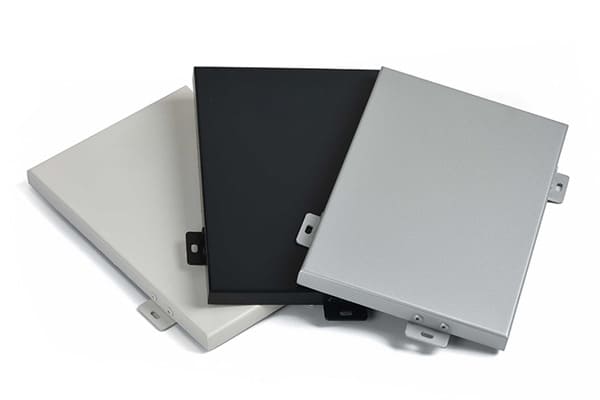
Categories and Advantages of Aluminum Veneer Curtain Walls
Aluminum veneer curtain walls are non-structural wall systems typically used for the exterior of buildings. They consist of aluminum panels secured to a supporting framework, creating a weatherproof barrier. These panels come in two main categories: pure aluminum and aluminum alloy.
- Pure aluminum veneer boasts a lightweight design with exceptional strength and inherent resistance to corrosion.
- Aluminum alloy veneer incorporates additional metals like magnesium, copper, or zinc to enhance their mechanical properties and corrosion resistance further. They come in various types, each with specific applications depending on the desired performance characteristics.
Beyond their core composition, aluminum veneer curtain walls offer several advantages:
- Lightweight and High Strength: Aluminum’s low density translates to lighter curtain walls, reducing stress on the building’s structure. Yet, these walls maintain high strength, making them suitable for withstanding wind loads.
- Corrosion Resistance: Aluminum naturally forms a protective oxide layer that shields it from environmental degradation. This translates to a long lifespan for aluminum veneer curtain walls with minimal maintenance requirements.
- Rich Color Palette: Through various surface treatments like anodization and painting, aluminum veneer curtain walls can be crafted in a vast array of colors and finishes. This versatility allows for creative expression and caters to diverse aesthetic preferences.
- Environmental Sustainability: Aluminum is a highly recyclable material, aligning with green building principles. Additionally, aluminum veneer curtain walls offer energy efficiency due to their ease of installation and potential for improved insulation.
However, to maximize the benefits of aluminum veneer curtain walls, architects must prioritize thoughtful design principles.
Design Principles for Aluminum Veneer Curtain Walls
When designing aluminum veneer curtain walls, achieving a balance between aesthetics and practicality is paramount. Here are some core design principles to consider:
- Beauty and Practicality: The design should not only enhance the building’s visual appeal but also effectively fulfill its functional requirements. Careful selection of materials and design elements can transform the curtain wall into a distinctive architectural feature.
- Green and Environmentally Friendly: Opt for eco-friendly materials and production processes whenever possible. This minimizes environmental impact and prioritizes the recyclability of the aluminum veneer curtain wall system.
- Safe and Reliable: The structural design must comply with relevant building codes and standards. This ensures the stability and safety of the curtain wall under various climatic conditions.
- Economical and Reasonable: While maintaining aesthetics and safety, it’s crucial to optimize costs without compromising on quality. This ensures a good return on investment for the building project.
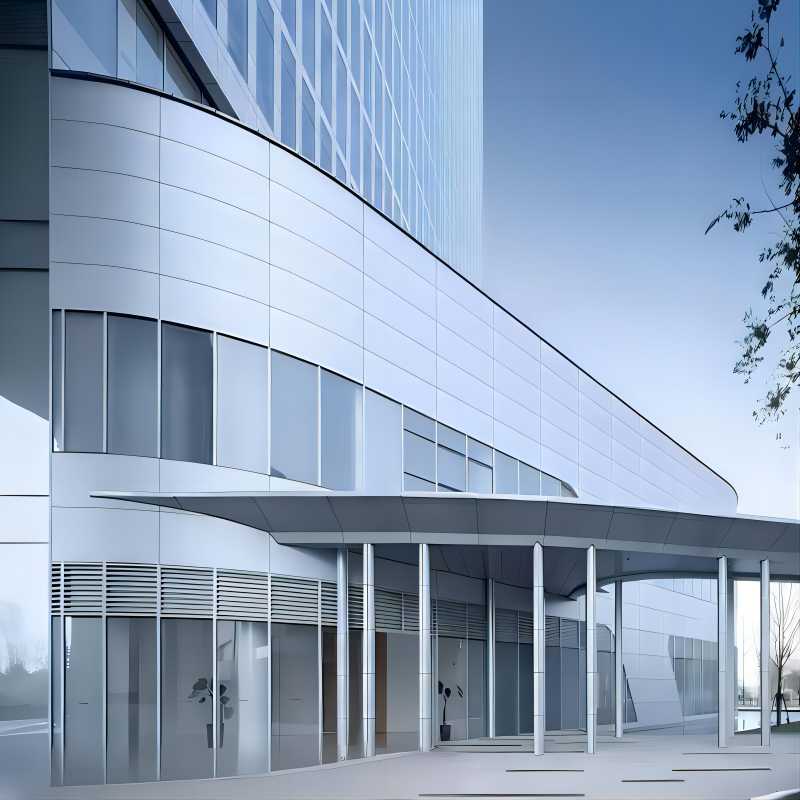
Relationship Between Aluminum Veneer Curtain Walls and Building Functions
The design style of an aluminum veneer curtain wall should complement the building’s function to achieve optimal visual impact and performance. Let’s explore some examples:
- Commercial Buildings: Since commercial buildings aim to attract customers, aluminum veneer curtain walls often utilize bright, dynamic colors and unique panel shapes. This approach enhances a building’s commercial value and recognition. Large expanses of vibrantly colored aluminum veneer curtain walls can significantly contribute to a building’s visual appeal and brand identity.
- Office Buildings: For office buildings, a more professional and serious atmosphere is desirable. Here, aluminum veneer curtain walls typically feature muted tones and elegant textures. An example is the link bridge curtain wall project for a landmark commercial complex in Beijing. The aluminum veneer curtain walls in this case were designed to fulfill a dual role – providing structural support and enhancing the building’s aesthetics.
- Educational Buildings: In educational settings, functionality and durability are key considerations for aluminum veneer curtain walls. These buildings have a long lifespan and require materials that can withstand the test of time. A showcase of a school’s aluminum veneer curtain wall can demonstrate how color and form can be used to reflect the school’s culture and atmosphere, while still prioritizing functionality.
- Medical Buildings: When used in medical facilities, the focus for aluminum veneer curtain walls shifts towards environmental considerations, antibacterial properties, and ease of maintenance. For instance, a patent application for a hospital’s external aluminum veneer curtain wall details how such a design can address functional needs while creating a comfortable healing and recovery environment for patients.
Relationship Between Aluminum Veneer Curtain Walls and Building Environment
The design style of aluminum veneer curtain walls should also adapt to the surrounding environment to ensure optimal functionality and aesthetics. Here are some key environmental factors to consider:
- Rainy Regions: In areas with high rainfall, waterproofing becomes a critical aspect of aluminum veneer curtain wall design. Proper drainage systems and the use of water-resistant materials are essential to ensure the curtain wall maintains its performance even in wet conditions.
- Sunny Regions: For buildings situated in sunny climates, sun shading and heat insulation become priorities. This can be achieved through strategic panel design, such as incorporating overhangs or fins and employing surface treatments that reflect sunlight.
Relationship Between Aluminum Veneer Curtain Walls and Building Cultural Background
The cultural background of a building’s location significantly influences the choice of design style for its aluminum veneer curtain wall. Here’s how cultural context can play a role:
- Modern Cities: In cities that embrace a modern aesthetic, aluminum veneer curtain walls often showcase clean, modern lines and geometric shapes. This approach emphasizes the building’s contemporary feel and technological advancements.
- Traditional Regions: In areas with a strong emphasis on traditional styles, the design might incorporate elements and symbols that resonate with the local culture. Here, aluminum veneer curtain walls can be custom-designed to integrate these traditional elements, preserving cultural heritage while showcasing modern architectural techniques.
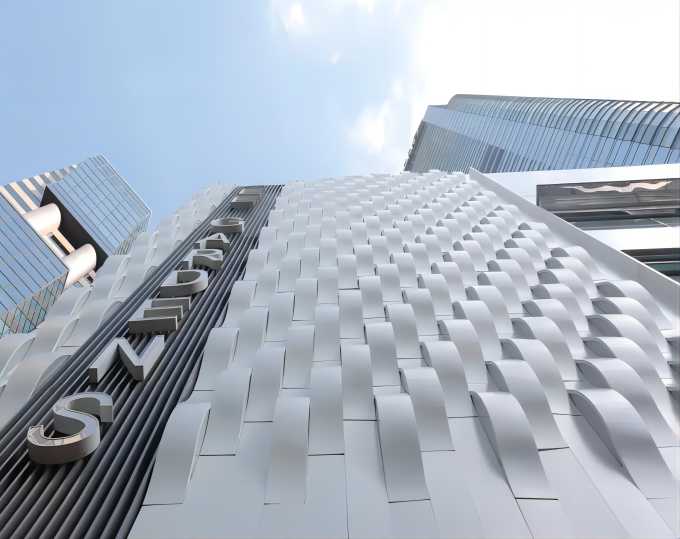
Conclusion
When designing aluminum veneer curtain walls, architects must comprehensively consider the building’s function, environment, cultural background, economic feasibility, and practicality. By carefully evaluating these factors, designers can select the most suitable design style for the aluminum veneer curtain wall. This ensures optimal visual impact and performance, maximizing the building’s aesthetic appeal, functionality, and adaptability. Well-designed aluminum veneer curtain walls become an integral part of modern architecture, contributing not only to a building’s beauty but also to its ability to harmonize with its surroundings and serve its intended purpose effectively.

